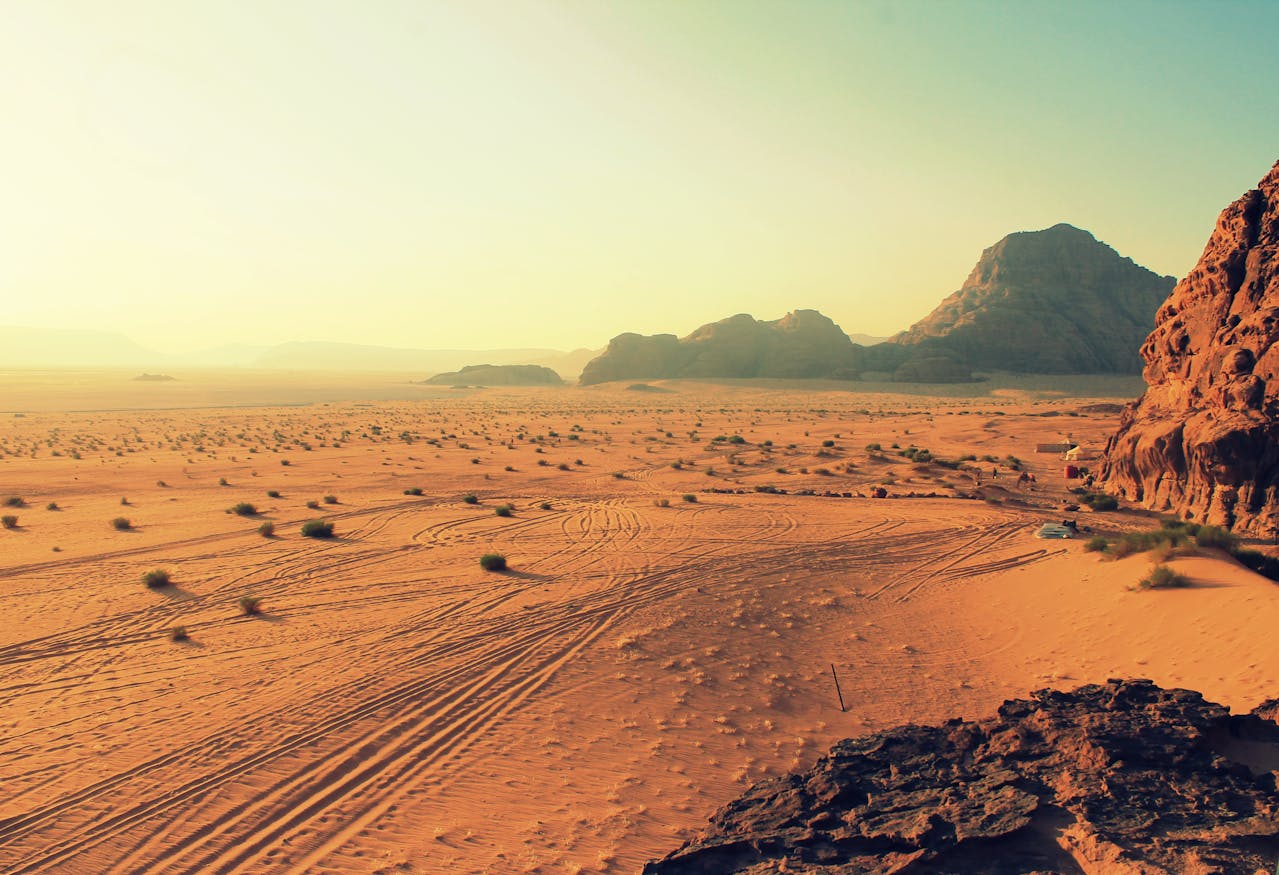Where Roads Disappear: India’s Most Remote Adventures Await
India, a land of striking contrasts and unparalleled diversity, is often celebrated for its palaces, bustling markets, ancient temples, and vibrant cities. Yet, hidden beyond the tourist-trodden paths lie India’s remotest corners, places where roads literally disappear, where nature dominates, and where time seems to pause. These are the unfiltered, raw edges of India, reserved for the most daring souls chasing a taste of true wilderness. Whether it’s the frozen silence of the Himalayas or the untamed wilds of the Northeast, these remote destinations redefine the essence of holidays to India.
1. Zanskar Valley, Ladakh: The Frozen Odyssey
Nestled deep within the Ladakh region, Zanskar Valley remains one of the most isolated terrains in the world. The valley, cloaked in snow for over six months a year, is accessible only via treacherous mountain passes like Pensi La. During winter, even roads vanish under thick ice. Adventurers brave the legendary Chadar Trek, a 105-kilometre trail over the frozen Zanskar River, walking where water once flowed.
Zanskar’s dramatic vistas, ancient monasteries like Phugtal, and complete disconnection from the modern world make it the ultimate Himalayan escape. It’s more than a trek; it’s a spiritual and physical transformation.
2. Mechuka, Arunachal Pradesh: India’s Last Shangri-La
Far removed from the tourist circuit, Mechuka lies just 29 kilometres from the Indo-China border. Reaching this secluded valley involves crossing precarious hanging bridges and narrow mountain roads. Once there, you’re rewarded with misty forests, fluttering prayer flags, and indigenous Memba culture.
Mechuka is perfect for those seeking solitude and spiritual solace. The 400-year-old Samten Yongcha monastery sits quietly overlooking the valley, while the Yargyap Chu River winds through villages untouched by commercial tourism. Few places capture the mystique of holidays to India like Mechuka does.
3. Spiti Valley, Himachal Pradesh: The Cold Desert Wilderness
Imagine a world where roads curl like ribbons through brown cliffs, Buddhist chants echo in the air, and turquoise rivers slice through stark moonscapes. That’s Spiti — a remote, high-altitude desert with a character unlike anywhere else.
Accessible only between June and October, Spiti is home to some of the world’s highest inhabited villages (like Kibber and Komic), ancient monasteries perched on cliffs (Key and Dhankar), and glacial lakes that shimmer beneath the Himalayas. The road to Spiti, especially from Manali via Kunzum La, is an adventure in itself — winding, often unpaved, and utterly breathtaking.
4. Bastar, Chhattisgarh: Tribal Heartland of India
India’s tribal soul pulses strongest in Bastar, a forest-covered region in southern Chhattisgarh that remains blissfully off-the-grid. Reaching Bastar involves navigating dense jungles, but those who make the effort witness a cultural tapestry woven with myths, ancient dances, and sacred waterfalls.
Weekly haats (markets), where the Gond and Maria tribes gather, offer a vibrant, earthy exchange of traditions. Chitrakote Falls, often called the “Niagara of India,” roars through thick green cover. This is India before modernity — raw, authentic, and defiantly remote.
5. Andaman’s Little Andaman: Where the Jungle Meets the Sea
Beyond the popular Havelock and Neil islands lies Little Andaman, a remote haven 120 kilometres south of Port Blair. The ferry ride takes 6 to 8 hours, but on arrival, you’re greeted by miles of untouched coastline, whispering rainforests, and coral reefs teeming with life.
Little Andaman is sparsely populated and home to the Onge tribe. Here, you can surf uncrowded waves, trek to White Surf and Whisper Wave waterfalls, and find yourself surrounded by a jungle symphony at night. For those craving an oceanic wilderness during their holidays to India, this island offers a rare blend of sea, solitude, and simplicity.
6. Changthang Plateau, Ladakh: High-Altitude Mystique
The Changthang Plateau is a wind-swept expanse that stretches into Tibet, rising over 14,000 feet above sea level. Home to the Changpa nomads and their flocks of pashmina goats, this harsh yet mesmerizing region is as remote as it gets.
To journey here is to embrace the void — stark mountains, mirror-like lakes (like Tso Moriri and Tso Kar), and a silence so pure it almost sings. The journey to Changthang tests your endurance but offers unmatched serenity and awe.
7. Dibang Valley, Arunachal Pradesh: Where Roads Fade into Clouds
Often shrouded in mist and myth, Dibang Valley is one of India’s least visited regions. Home to the Idu Mishmi tribe and incredible biodiversity, the valley’s thick forests and gurgling streams are difficult to access — and more rewarding for it.
Here, the Mehao Wildlife Sanctuary guards a treasure trove of rare species like the Mishmi takin and red panda. Roads are often washed away in monsoon, leaving only trails and canoes. If your idea of holidays to India involves finding Eden before the fall, Dibang is your final frontier.
8. Great Rann of Kutch, Gujarat: White Silence and Nomadic Trails
A vast salt desert that glows ethereal under the moonlight, the Great Rann is more than a seasonal attraction. During monsoon, much of it floods, erasing all road access. But when dry, it becomes a surreal, shimmering landscape unlike any other.
Explore nomadic settlements, meet the Rabari and Banni communities, and experience the haunting beauty of the white desert during the Rann Utsav. This is where art, survival, and elemental beauty coexist.
Conclusion: Beyond the End of the Road
India’s remote adventures are not for everyone. They require patience, resilience, and a spirit of discovery. But for those who dare to go where roads disappear, the rewards are beyond imagination. You’ll not only witness untouched beauty but also touch the beating heart of India, raw, real, and resolute.
So, if you’re seeking the kind of soul-stirring, offbeat escape that travel dreams are made of, consider one of these frontiers on your next holidays to India. Adventure isn’t always about where you go, sometimes it’s about how far you’re willing to go to find what truly matters.











